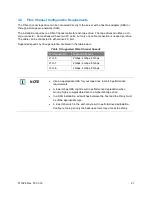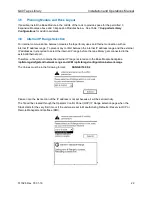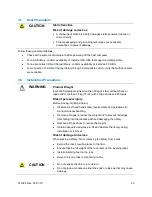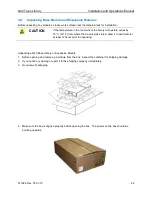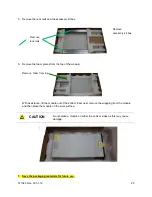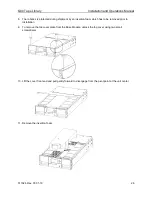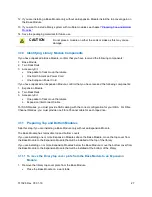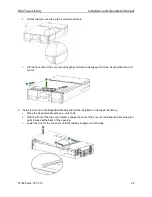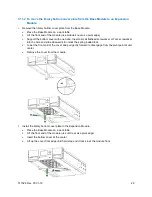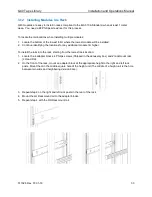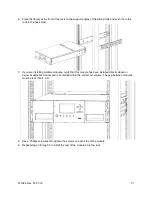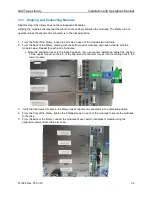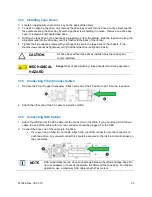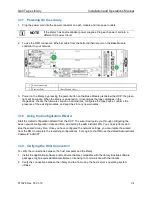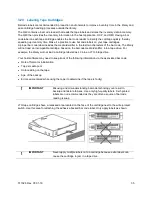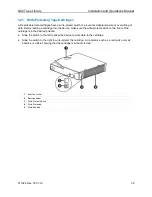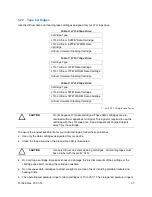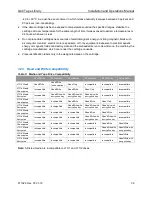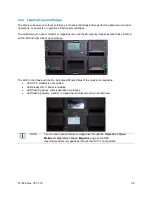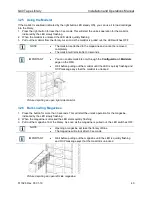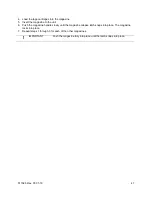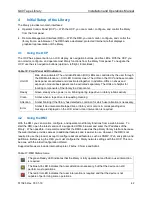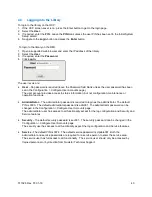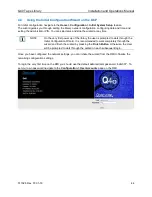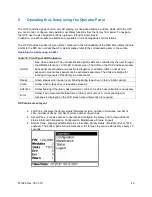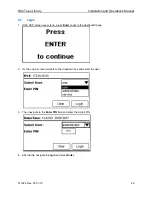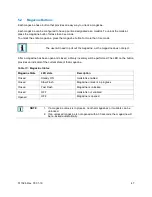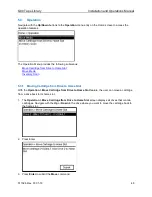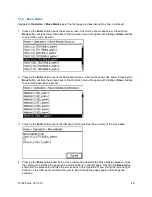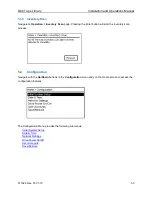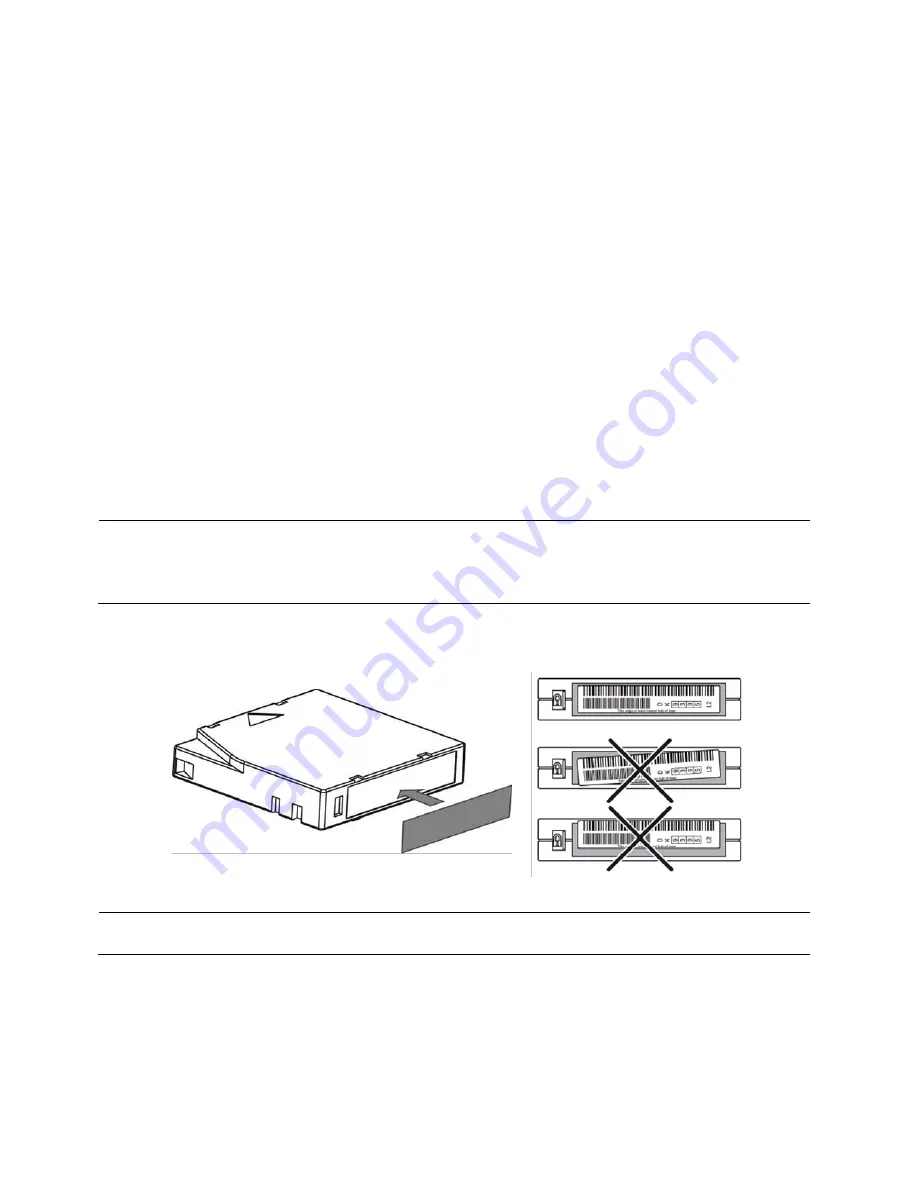
511026 Rev. 07-01-19
35
3.20 Labeling Tape Cartridges
Barcode labels are recommended in production environments to improve inventory time in the library and
ease cartridge handling processes outside the library.
The Q40 contains a bar code reader that reads the tape labels and stores the inventory data in memory.
The Q40 then provides the inventory information to the host application, OCP, and RMI. Having a bar
code label on each tape cartridge enables the bar code reader to identify the cartridge quickly, thereby
speeding up inventory time. Make it a practice to use bar code labels on your tape cartridges.
A proper bar code label includes the media identifier in the last two characters of the bar code. The library
will not load an incompatible cartridge, based on the barcode media identifier, into a tape drive. For
example, the library will not load a cartridge labeled as L3 into an LTO-6 tape drive.
Your host software may need to keep track of the following information via the associated bar code:
•
Date of format or initialization
•
Tape's media pool
•
Data residing on the tape
•
Age of the backup
•
Errors encountered while using the tape (to determine if the tape is faulty)
!
IMPORTANT
Misusing and misunderstanding barcode technology can result in
backup and restore failures. Use only high-quality labels. Self-printed
labels are not recommended as they are often a source of barcode
reading issues.
LTO tape cartridges have a recessed area located on the face of the cartridge next to the write-protect
switch. Use this area for attaching the adhesive-backed bar code label. Only apply labels as shown:
!
IMPORTANT
Never apply multiple labels onto a cartridge because extra labels can
cause the cartridge to jam in a tape drive.

